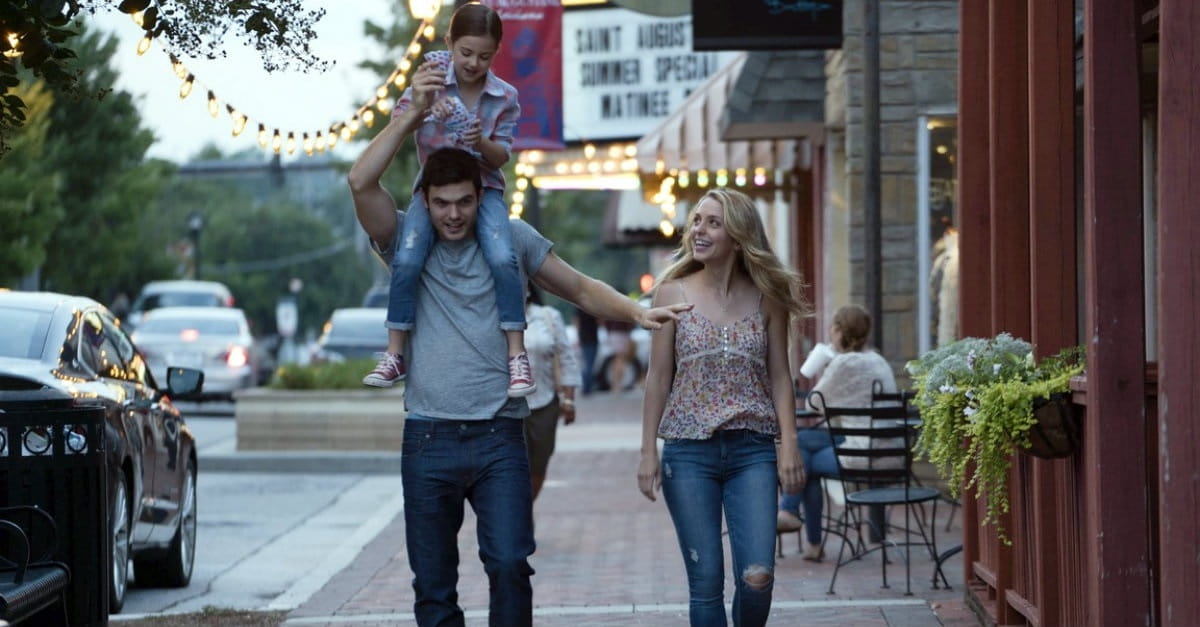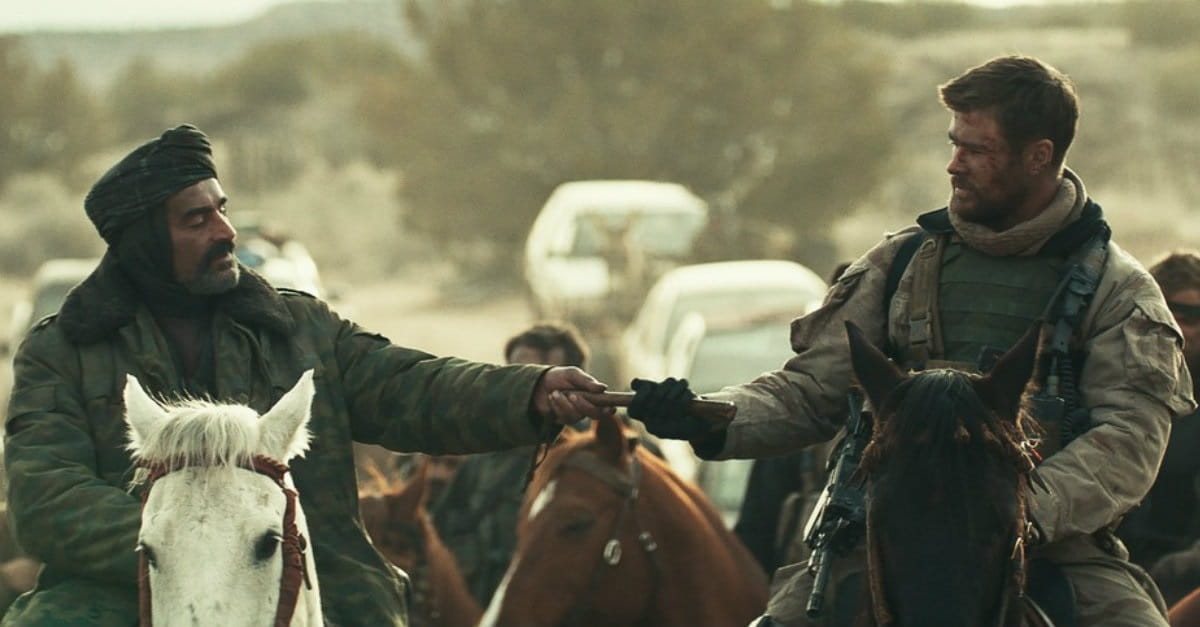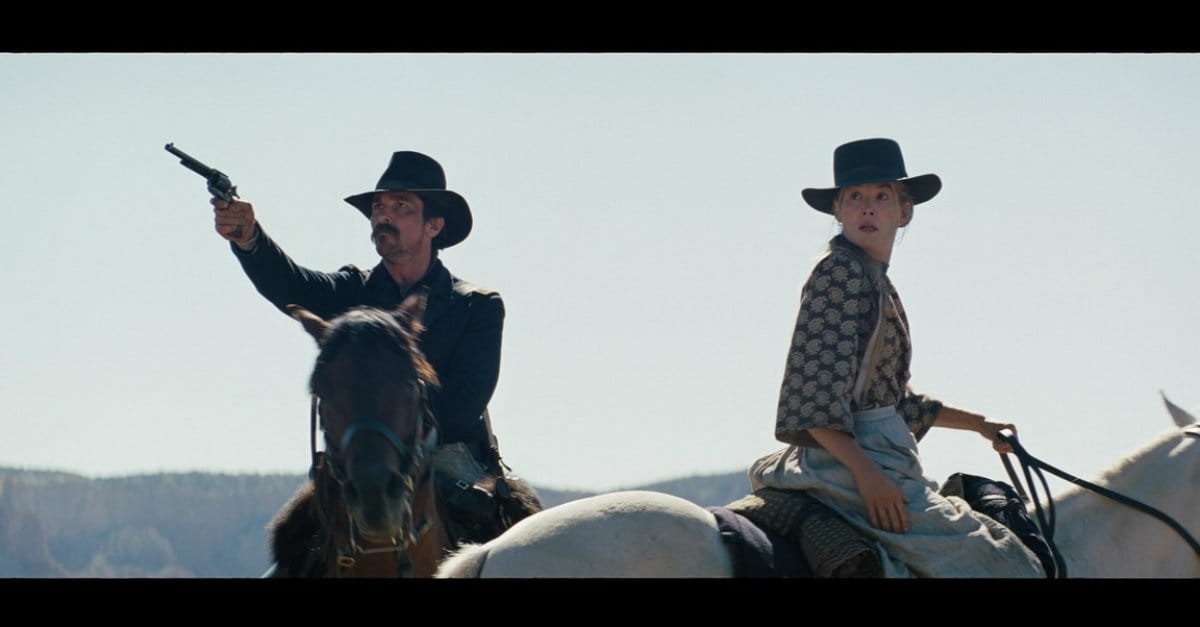Boy in the Striped Pajamas Offers an Unusual Perspective
- Christian Hamaker Crosswalk.com Contributing Writer
- Updated Mar 04, 2009

DVD Release Date: March 10, 2009
Theatrical Release Date: November 7, 2008 (limited)
Rating: PG-13 (for some mature thematic material involving the Holocaust)
Genre: Drama
Run Time: 95 min.
Director: Mark Herman
Actors: Asa Butterfield, David Thewlis, Vera Farmiga, Jack Scanlon, Rupert Friend
In the 1980s, stories about African Americans began to find commercial success in the United States. It seemed that black-oriented cinema had broken out of the ghetto it had been in since the “blaxploitation” films of the 1970s—now these films delivered more subtle portrayals of black characters in stories that transcended the racial divide between blacks and whites.
Trouble was, these high-profile, studio-backed films told their stories through the eyes of white protagonists. Driving Miss Daisy epitomized the trend, earning the industry’s highest distinction, a Best Picture Oscar, but it was far from alone. Other films like Cry Freedom and Glory told the stories of racial strife (apartheid and the Civil War, respectively) through the eyes of characters played by Kevin Kline and Matthew Broderick, respectively.
African American filmmakers such as Spike Lee and John Singleton spoke out against the tendency for stories about black men and women to be told from the perspective of whites. As those filmmakers began to create their own award-worthy work from the perspective of black protagonists, things slowly began to change.
Similarly, films about the Holocaust have been around for many years, showing us the horrors of what Jews were subjected to in concentration camps. Nevertheless, the most honored of these films, Schindler’s List, was told from the perspective of a Nazi officer. The potential controversy over that change in perspective was minimized because very few people questioned the motives of the film’s Jewish director, Steven Spielberg, or the remorse of its title character, Oskar Schindler.
The Boy in the Striped Pajamas, based on a novel by John Boyne, is another matter—a well-told story of childhood friendship between the son of a Nazi official and a young Jewish boy in a work camp seen mainly from the perspective of the German boy. With so much already known about the Holocaust, this unusual perspective must have seemed like a fresh take on history, but in the end it comes across as misconceived, despite the film’s strengths.
Asa Butterfield stars as Bruno, the eight-year-old son of a Nazi officer (David Thewlis) devoted to the cause and a mother (Vera Farmiga) increasingly turned off by her husband’s role in it. When the family moves to the country, Bruno sees from his bedroom window a work camp beyond the gated area of the home. Unaware of world events, he concludes that the camp is a farm, and the people within it farmers. He mistakes their striped uniforms for pajamas.
Bruno’s curiosity about the “farmers” is not well received. “These people are not really people at all,” he’s told. Nor is Bruno able to process what might be clearer to older children and adults. When an older man from the camp helps stitch up Bruno after he falls from a tire swing, Bruno learns that the man was once a practicing doctor. “You couldn’t have been much good, then, if you had to practice,” Bruno responds, oblivious to the reason the man is now a “farmer.”
Bruno’s mother tries to shield her son from her own dawning sense of horror at the extent of her husband’s new responsibilities, and at everything that’s happening in the work camp. Her efforts fail, however, when Bruno slips past his restrictive play area, crosses a stream and finds himself face to face with a young boy, Shmuel (Jack Scanlon), who sits just inside the camp bound by an electrified fence.
Bruno can’t understand why Shmuel seems so morose, but after learning that Shmuel hasn’t seen his father since they first arrived together at the camp, he hatches a plot to dig under the fence that separates the two boys and help Shmuel find his father within the camp. The resolution of that plan, which comprises the final third of the movie, hurts the film. Not only do the subtleties of the first hour—the most interesting portion of the film—give way to Hollywood-style histrionics (ominous music and rapid cross-cutting are used to build suspense), but the fate of the two boys and others in the work camp, while discreetly portrayed, is a punishing thing for viewers to experience.
What are we to take away from this film that we haven’t already learned from earlier filmed depictions of the Holocaust? This time we see the horrors of that part of history through the eyes of a young German boy, but in having us identify with that boy’s tragic experience, the film loses sight of the enormity of the Holocaust, which, after all, resulted in the deaths of millions of Jews. The merit of seeing those events through the eyes of a naïve gentile boy is akin to the experience of watching those aforementioned stories about African Americans through the eyes of white protagonists. Something just isn’t right, and considering the scope of the horrors of the Holocaust, we’re left to wonder why this particular take on history needed to be told. Moreover, the film is, in the end, so grim that it does more to pulverize the soul than provoke thoughtful questions.
However, the film is by no means a total loss. Although the storyline about Bruno’s parents feels underdeveloped, the acting, especially from the young boys, is excellent, and the film is quite striking on a visual level. For an hour, The Boy in the Striped Pajamas serves as a good introduction to the Holocaust for younger viewers who may be unfamiliar with the event.
The movie’s final half hour is enough to merit a strong warning to those young viewers, and to adults who are thinking of seeing this film with them: The Boy in the Striped Pajamas has its merits, but viewers will have to ask themselves if the outcome of the story, and the perspective from which it’s told, are necessary in light of the many films about the Holocaust that have already been made. Those who do choose to see the film might also want to watch some of the acclaimed Holocaust documentaries of recent years (try Shoah) to gain a greater sense of what the Jewish people underwent during that time.
Questions? Concerns? Contact the writer at crosswalkchristian@earthlink.net.
CAUTIONS:
- Language/Profanity: None.
- Drugs/Alcohol: Smoking and drinking.
- Sex/Nudity: None.
- Violence/Disturbing Imagery: Most of the violence is implied, not shown; boys play guns with make-believe weapons; a boy is shown with a bloodied eye after a beating; an older man delivering vegetables looks exhausted, a boy falls from a tire swing; black smoke rises from crematories; a German attacks a Jew; a brother and sister overhear their parents arguing; people are herded into a gas chamber.














